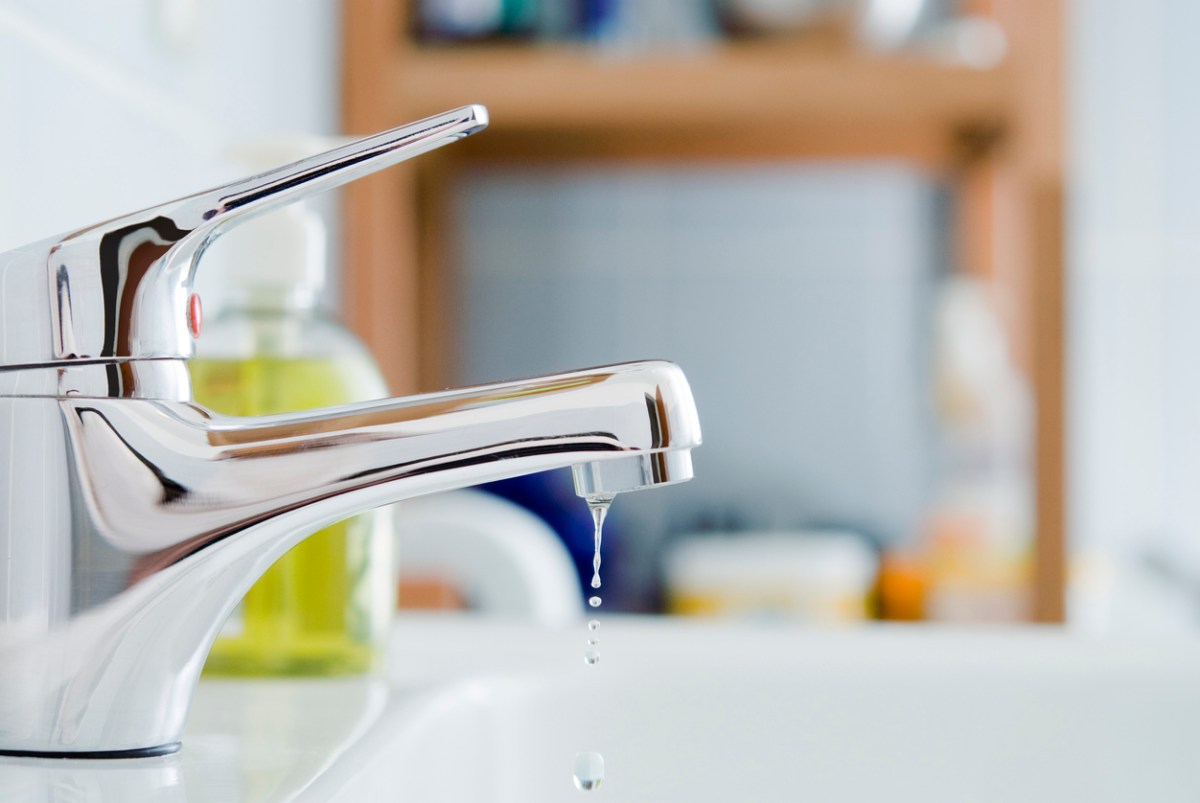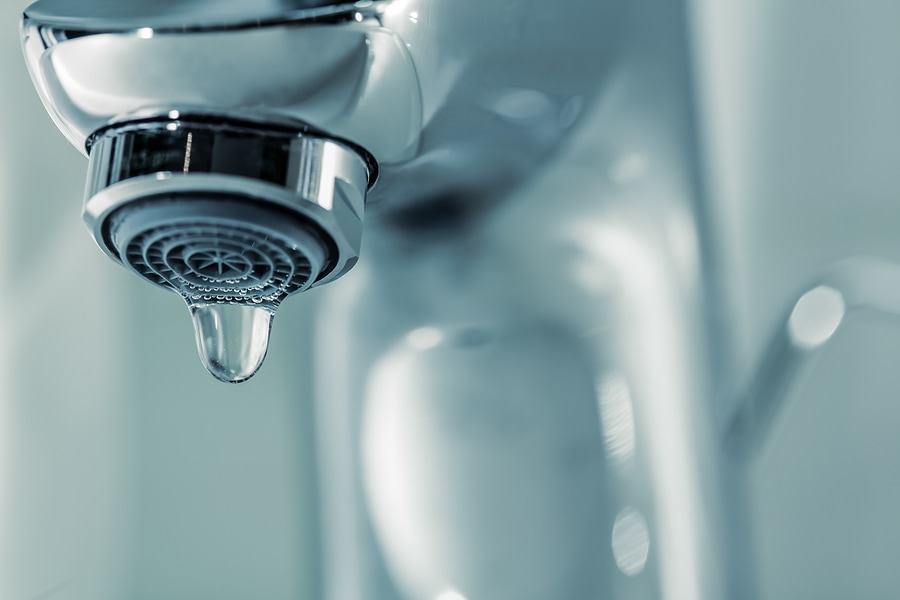When It's Crucial to Resolve a Leaking Faucet
When It's Crucial to Resolve a Leaking Faucet
Blog Article
Are you currently trying to locate selective information involving Why Are My Faucets Dripping (And Can I Fix It Myself)??

Leaking taps may feel like a minor hassle, yet their impact exceeds simply the annoyance of the sound. From wasting water to incurring unneeded economic costs and health dangers, neglecting a trickling tap can lead to various repercussions. In this write-up, we'll explore why it's crucial to address this usual family concern without delay and properly.
Wastefulness of Water
Ecological Influence
Trickling taps contribute substantially to water waste. According to the Environmental Protection Agency (EPA), a single faucet trickling at one drip per secondly can lose more than 3,000 gallons of water per year. This not just stress water resources yet likewise affects communities and wild animals based on them.
Financial Costs
Boosted Water Bills
Past the environmental influence, leaking taps can pump up water costs significantly. The accumulated waste over time equates right into higher energy expenditures, which could have been prevented with prompt repair work.
Possible Residential Property Damages
Furthermore, extended trickling can lead to damage to components and surface areas bordering the faucet. Water buildup can cause staining, rust, and even architectural concerns if left neglected, causing additional repair costs.
Health Issues
Mold and Mildew Growth
The consistent visibility of dampness from a trickling tap develops an excellent setting for mold and mildew and mildew growth. These fungi not just jeopardize indoor air quality but likewise position health threats, especially for individuals with respiratory problems or allergies.
Waterborne Diseases
Stationary water in dripping taps can end up being a breeding ground for microorganisms and other microorganisms, enhancing the threat of waterborne conditions. Impurities such as Legionella bacteria grow in stagnant water, potentially causing serious diseases when ingested or inhaled.
DIY vs. Specialist Fixing
Advantages and disadvantages of Do It Yourself Repair
While some may try to fix a leaking tap themselves, do it yourself repair work include their very own collection of challenges. Without proper understanding and devices, do it yourself efforts can aggravate the issue or lead to incomplete repair work, extending the issue.
Benefits of Employing an Expert Plumber
Employing an expert plumber guarantees that the underlying reason for the dripping faucet is addressed effectively. Plumbers possess the know-how and devices to diagnose and fix tap problems efficiently, conserving time and lessening the risk of more damages.
Step-by-Step Guide to Dealing With a Dripping Tap
Devices Required
Prior to attempting to deal with a leaking faucet, gather the necessary devices, including a flexible wrench, screwdrivers, substitute parts (such as washing machines or cartridges), and plumber's tape.
Common Faucet Issues and Their Solutions
Determine the sort of faucet and the certain issue triggering the drip. Usual problems consist of damaged washers, corroded shutoff seats, or damaged O-rings. Describe supplier instructions or on the internet tutorials for detailed advice on repairs.
Preventive Measures
Routine Upkeep Tips
To stop trickling faucets, perform routine maintenance such as cleansing aerators, evaluating for leakages, and changing damaged components without delay. Additionally, consider mounting water-saving devices or updating to a lot more effective fixtures.
Importance of Prompt Services
Dealing with dripping taps as quickly as they're discovered avoids further water wastage and possible damage, ultimately conserving both water and cash over time.
Impact on Home Value
Assumption of Well-Maintained Home
Maintaining a property in good condition, consisting of addressing upkeep issues like leaking taps, enhances its regarded value and charm among possible buyers or renters.
Impact on Resale Value
Qualities with properly maintained plumbing fixtures, including taps, command greater resale values in the real estate market. Attending to trickling taps can add to a positive perception throughout property evaluations and settlements.
Environmental Obligation
Private Contribution to Conservation
Taking obligation for repairing leaking faucets aligns with broader efforts toward water conservation and environmental sustainability. Every person's activities collectively make a significant impact on maintaining priceless resources.
Sustainable Living Practices
By focusing on timely repair work and adopting water-saving behaviors, individuals add to sustainable living techniques that profit both present and future generations.
Verdict
Dealing with a dripping tap goes beyond simple convenience; it's a crucial step towards saving water, lowering economic costs, and securing health and residential property. Whether through DIY fixings or professional help, doing something about it to repair leaking taps is a small yet impactful way to promote accountable stewardship of sources and contribute to a much healthier, extra lasting future.
How to Fix a Dripping or Leaky Faucet
A leaking faucet is one of the most common problems that homeowners encounter, but it being commonplace doesn’t make it any less annoying. The constant drip drip drip of a leaking bathtub faucet, showerhead, or sink tap can disturb your home’s serenity. Left neglected, a dripping faucet can also result in higher water bills and discoloration or mold growth in your sink or plumbing fixtures.
Fortunately, you don’t have to be a trained plumber to know how to stop a dripping faucet. With some basic tools, replacement parts, and a little patience, leaky faucet repair is a breeze. In this article, we’ll explain what causes dripping faucets and how you can fix them.
What Causes a Leaking Faucet?
Kitchen and bathroom faucets come in all manner of designs, but most involve some combination of valves, O-rings, seals, and washers. The O-ring is usually the weakest link, but any one of these pieces can wear down over time. Heat, moisture, temperature fluctuations, minerals, mold, and movement can contribute to warping and corrosion, breaking the watertight seal. This just comes with the territory of being a homeowner. Everything is always subject to wear and tear, and some component parts of your appliances and fixtures need to be replaced on occasion. At least replacement O-rings are cheap!
More rarely, dripping faucets can be a symptom of excessively high water pressure. Were this the case in your home, you would probably notice that the leak is not isolated to one faucet. Water pressure issues are harder to resolve on your own. We recommend contacting a professional plumber if you suspect your water pressure is too high.
How to Fix a Dripping Faucet
Pipe wrench or monkey wrench Allen wrench set Screwdrivers Old towel or rag Shut off the water.
Before you do anything, you need to turn off the water to keep from drenching your kitchen or bathroom. You should find a valve under the sink and against the wall. Once you’ve turned this valve, try turning the faucet on to confirm that the water source has been cut off.
If you can’t locate your local valve for the faucet you’re working on, you can always shut off the water to the house at the main valve. Of course, this will prohibit anyone from using the sinks, showers, or toilets while you’re working on the faucet that’s giving you trouble.
Plug or block the drain.
You’ll be disassembling the faucet and removing some small bits of hardware. Plug the drain with a stopper or rag to avoid the possibility of a small screw falling into your P-trap.
Take apart the faucet assembly.
There are several varieties of kitchen and bathroom faucets, each with its own manner of assembly. For detailed instructions on how to disassemble your faucet, you can refer to the fixture’s manual or contact the manufacturer. If you know whether you have a ball, disc, cartridge, or compression faucet, you can find detailed schematics online.
In general, you need to begin by removing the faucet handles. You might notice a small screw that you’ll need to remove with a screwdriver or Allen wrench. If you don’t see any visible securing hardware, it’s likely hidden under a decorative cap that can be unscrewed or popped off with flathead screwdriver.
Remove each piece methodically, consulting a schematic when necessary. Take notes or arrange the pieces in such a way to make it easier to correctly reassemble the faucet later.
Remove the cartridge.
Once you’ve removed the handles and securing hardware, you should be able to remove the valve cartridge or stem. Some cartridges will slide right out. Other faucet models will require you to loosen a nut with a pipe wrench before you can remove the valve stem.
Examine the exposed hardware.
With the cartridge or stem removed, inspect the component parts. Check the rubber O-rings for wear and tear. Also examine the seat washer for corrosion or other damage. These pieces are usually the responsible parties for a dripping faucet, but it’s worth inspecting the other component parts while you have the faucet disassembled.
Find replacement parts.
Once you’ve identified which faucet component has failed, find an identical replacement. Your local hardware store should have O-rings, seat washers, and other standard components in stock. If you have a luxury or uncommon faucet, you may have to contact the manufacturer for a replacement part.
It’s a good idea to take your old parts with you to the hardware store so you can compare them with the store’s inventory and be sure you’re purchasing the correct replacement.
Reassemble the faucet.
With your new parts in hand, reconstruct the faucet and handles. Don’t be tempted to overtighten screws or nuts. You might think this could create a better seal, but it can instead damage or bend a delicate part of the assembly and create a new problem for you.
Turn on the water and test the faucet.
The only thing left to do is test your work. Unplug the sink, turn the water back on, and try the faucet. Congratulate yourself on a job well done!
https://www.libertyhomeguard.com/how-to-fix-a-dripping-or-leaky-faucet/

As a passionate reader about Should I Repair or Replace a Leaky Faucet?, I was thinking sharing that piece of content was important. Sharing is good. Helping others is fun. I am grateful for being here. Return soon.
Report this page